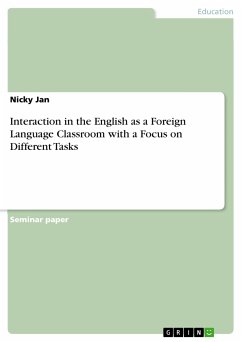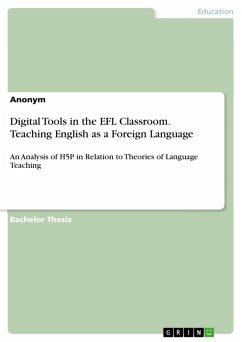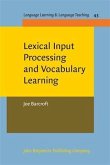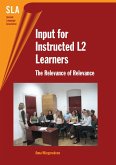The book examines how task-based language teaching (TBLT) can be carried out with young beginner learners in a foreign language context. It addresses how TBLT can be introduced and implemented in a difficult instructional context where traditional teaching approaches are entrenched. The book reports a study that examined how TBLT can be made to work in such a context. The study compares the effectiveness of TBLT and the traditional "e;present-practice-produce"e; (PPP) approach for teaching English to young beginner learners in Japan. The TBLT researched in this study is unique as it employed input-based tasks rather than oral production tasks. The study shows that such tasks constitute an ideal means of inducting beginner learners into listening and processing English. It also shows that such tasks lead naturally to the learners trying to use the L2 in communication. It provides evidence to support the claim that TBLT promotes the kind of naturalistic interaction which is beneficial for the development of both interactional and linguistic competence. The book concludes with suggestions for how to implement TBLT in Japanese school contexts.
Dieser Download kann aus rechtlichen Gründen nur mit Rechnungsadresse in A, B, BG, CY, CZ, D, DK, EW, E, FIN, F, GR, HR, H, IRL, I, LT, L, LR, M, NL, PL, P, R, S, SLO, SK ausgeliefert werden.
Hinweis: Dieser Artikel kann nur an eine deutsche Lieferadresse ausgeliefert werden.









